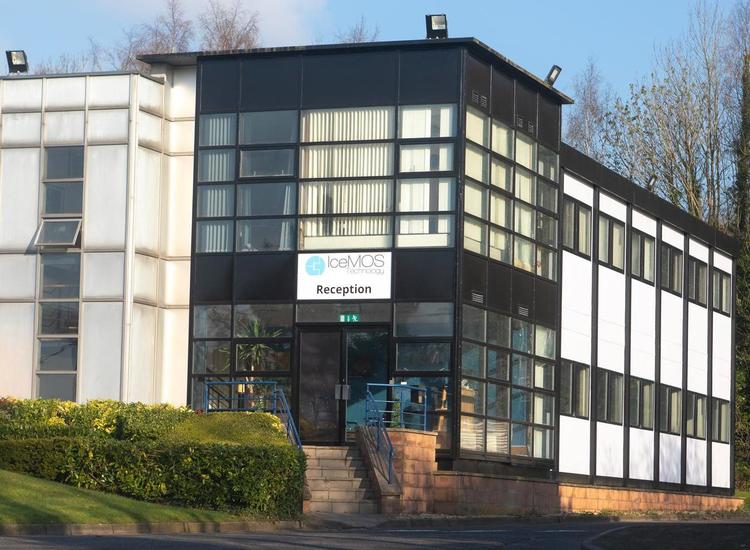The recently restored St. Brigid’s Church in the East Village, Manhattan, was one of Patrick Keely’s earliest projects. PHOTO: PETER MCDERMOTT
By Geoffrey Cobb
Patrick Keely was the most prolific church builder in American history, constructing over 600 churches stretching from Nova Scotia to the Gulf of Mexico and from New England to Wisconsin. It is not just the volume of his work, but also the beauty of his structures that boggles the mind. Keely’s prolific career is all the more shocking when we consider that he never received any formal training as an architect. Keely, however, has never received the recognition that he deserves, so recognizing the achievements of this overlooked Irish architectural genius is long overdue.
Patrick Keely was born Aug. 9, 1816 in Thurles, Co. Tipperary. The son of a builder, Keely arrived in New York in 1842 and had the good fortune to quickly make a lifelong friend, the Rev. Sylvester Malone from Trim, Co. Meath, who needed an architect for the church he was planning to build in Williamsburg, Brooklyn. Together Malone and Keely worked out plans for a gothic church with pointed arches, pinnacles and buttresses, but Bishop John Hughes initially rejected the plans as too costly. Malone persevered and eventually Hughes relented. When Sts. Peter and Paul church was completed in 1847 people marveled at its grace and simple elegance. The following year, he began work on the famed St. Brigid’s Church in Manhattan.
Keely was bombarded with requests to build other churches. He had arrived at a moment in American history when Catholics all over America needed churches. The rapid pace of his building is simply astonishing. For 49, Keely averaged building over a church a month! Part of the reason he was able to build so much, so quickly, is that building was a family affair. His two sons, a brother-in-law and a son-in law all helped him.
Keely was a fervent Catholic and devoted his entire life to building churches. A daily communicant, he and his wife were parents to six boys and 11 girls. His friend Fr. Malone said, “He had the genius, inspiration and the stimulus of the Catholic faith deep in his soul.” He was a man of great modesty, shunning photographs and quietly going about his business. Scrupulously honest, Keely charged congregations little for his work. Fr. Malone said that when Keely died he had little money because he did not care about it and noted, “there was not a coarse fiber in his nature.”
Keely’s churches are seemingly everywhere. He built every cathedral in New York, except for St. Patrick’s, and cathedrals in Chicago, Providence and Hartford. He also built St Peter’s in Jersey City, The church of St. Francis Xavier in Manhattan and the stunningly beautiful Church of Gesu in Montreal. When he designed the Church of the Sacred Heart in Notre Dame, Fr. Walsh, the school’s president, was so pleased with his work that he became the second recipient of the Laetare Medal in 1884, which is conferred on an outstanding member of the Catholic Laity. The Notre Dame Scholastic magazine noted, “Mr. Keely is a fervent and practical Catholic who has done more for Christian architecture than any man in the country.”
Keely, however, received little recognition from other architects during his lifetime. Perhaps they shunned him because he had no formal architectural training or maybe it was anti-Catholic bias in a field dominated by Anglo-Saxon Protestants.
When he died in 1896, Fr. Malone gave an emotional eulogy for his dear friend, aptly summing up Keely’s greatness, “We would be unworthy of the Celtic race, unworthy of benediction, were we to allow the memory of such a man to perish. While he is gone, these structures still remain, monuments to the goodness, patience and perseverance of this man.”
Geoffrey Cobb is the author most recently of “The King of Greenpoint,” a biography of Brooklyn politician Peter McGuinness








